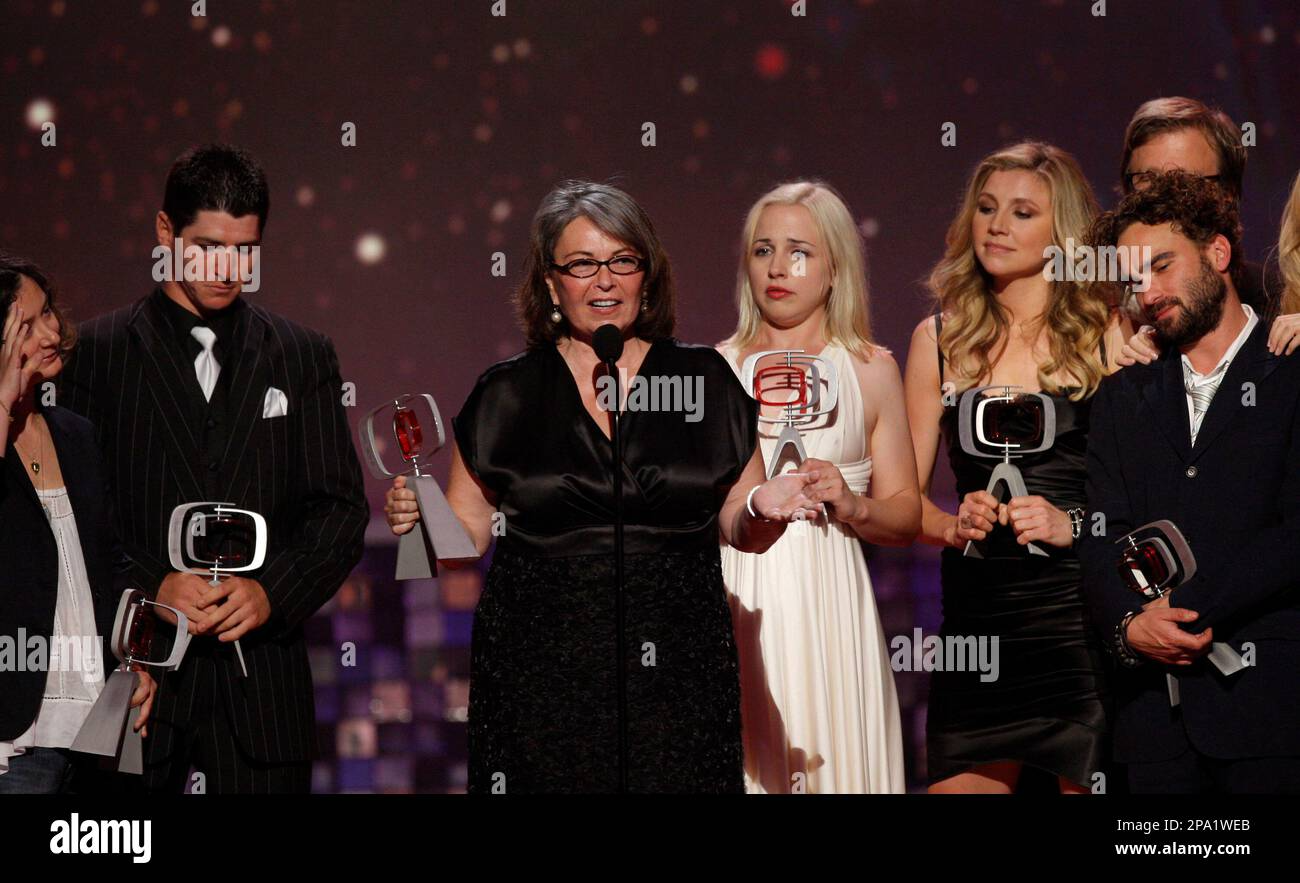
‘Roseanne’ was more than just a sitcom; it was a mirror reflecting the complexities of American society. The show’s journey from acclaim to controversy offers a compelling narrative about fame, responsibility, and the volatile nature of public opinion.
The Genesis of ‘Roseanne’
Launched in 1988, ‘Roseanne’ quickly became a cultural touchstone. The series, centered on the Conner family, addressed issues ranging from economic hardship to personal identity with a blend of humor and authenticity. Barr’s portrayal of Roseanne Conner earned her prestigious awards, including an Emmy and a Golden Globe.
A Legacy of Pushing Boundaries
‘Roseanne’ was not afraid to tackle taboo subjects. The 1994 episode “Don’t Ask, Don’t Tell” featured a groundbreaking kiss between two women, challenging societal norms and sparking national conversations about LGBTQ+ rights. The episode garnered both praise and criticism, reflecting the polarized views of the time.
The Downfall: A Tweet Heard Around the World
The revival of ‘Roseanne’ in 2018 was initially met with enthusiasm, drawing millions of viewers. However, Barr’s tweet comparing Valerie Jarrett to an ape ignited a media firestorm. The backlash was swift and severe, leading to the show’s cancellation. This incident highlighted the precarious nature of celebrity in the age of social media, where a single misstep can have monumental consequences.
Industry Reactions: A Tightrope Walk
The entertainment industry responded to Barr’s actions with a mix of condemnation and distancing. At the MTV Movie and TV Awards, presenters Olivia Munn and Michael B. Jordan subtly referenced the scandal, illustrating the industry’s discomfort with Barr’s behavior. These moments underscored the challenges networks face in balancing creative content with public relations considerations.
The Human Element: Cast and Crew Perspectives
Behind the scenes, the ‘Roseanne’ revival was marked by tension and uncertainty. Reports emerged of a challenging work environment, with Barr’s behavior contributing to a strained atmosphere. These revelations painted a picture of a production beset by internal conflicts, reflecting the broader challenges of managing talent and maintaining a positive workplace culture.
